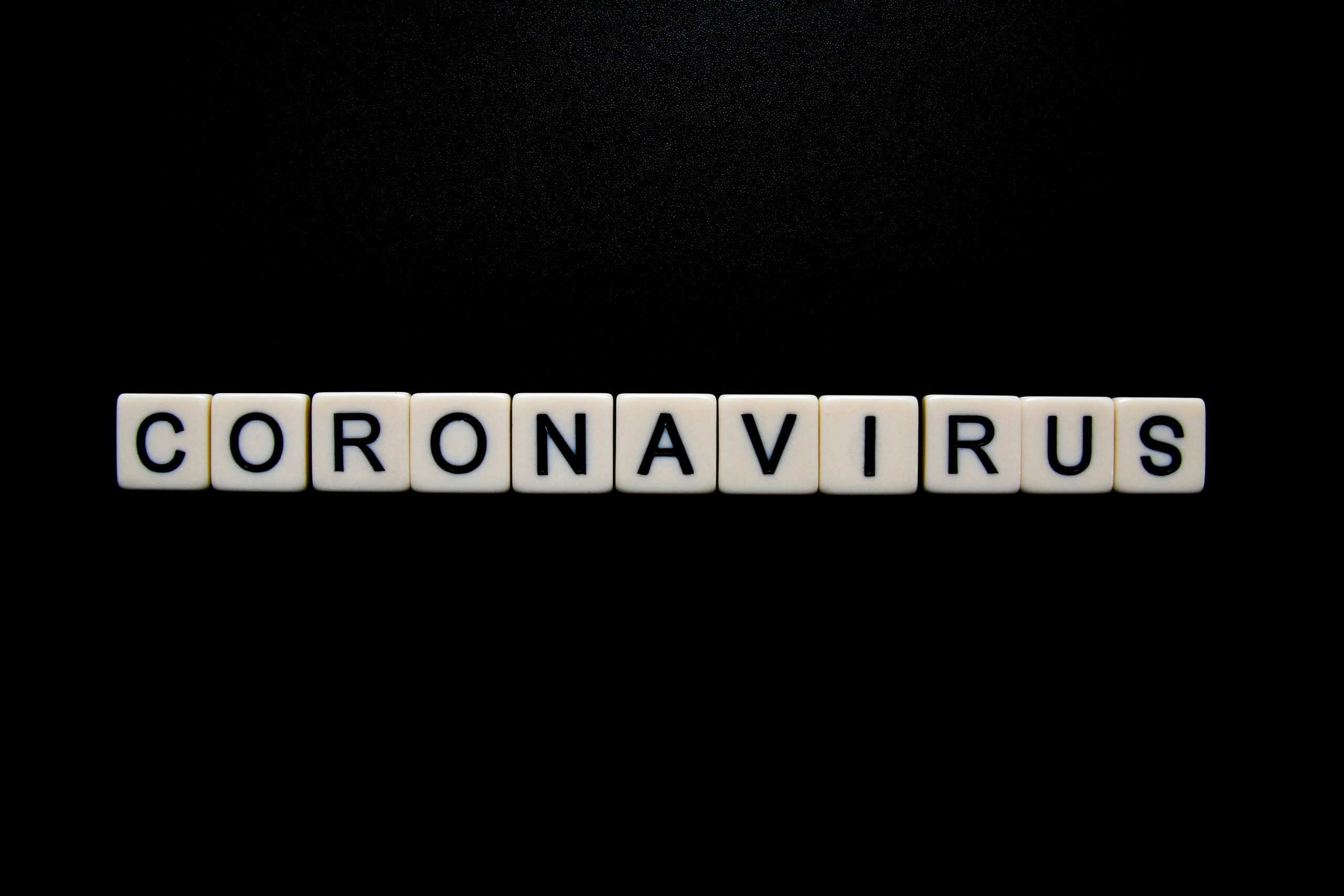
CDC releases new guidelines for COVID isolation
Introduction to the new CDC guidelines
As the world continues to navigate the ever-evolving landscape of the COVID-19 pandemic, staying informed about the latest guidelines is crucial. Recently, the CDC released new guidelines for COVID isolation that have sparked discussions and raised questions among individuals and communities. Let’s delve into these updated protocols to understand how they may impact you and your loved ones in this ongoing battle against the virus.
Changes from previous guidelines
The recent updates to the CDC guidelines have brought about significant changes from the previous recommendations. One of the key shifts is in the duration of isolation for those who test positive for COVID-19. Previously, individuals were advised to isolate for a period of 10 days, but now this has been adjusted based on new research and findings.
Another notable change is the distinction made between fully vaccinated individuals and those who are unvaccinated or partially vaccinated. The guidelines now provide different instructions tailored to each group, taking into account their level of immunity against the virus.
Additionally, there is an emphasis on symptom monitoring and seeking medical advice if symptoms worsen or persist beyond a certain timeframe. These changes reflect the evolving nature of our understanding of COVID-19 and aim to provide more targeted guidance to help curb its spread effectively.
These adjustments underscore the importance of staying informed and adaptable in navigating through these challenging times.
Who is affected by the new guidelines?
The new CDC guidelines for COVID isolation have brought changes that affect various groups of people. One significant change is the impact on individuals who have tested positive for the virus. Now, those who are asymptomatic can end their isolation after 5 days instead of 10, as long as symptoms remain mild or resolve.
Additionally, these guidelines also influence close contacts of infected individuals. People who have been exposed to someone with COVID but are fully vaccinated no longer need to quarantine unless they develop symptoms themselves.
Furthermore, unvaccinated individuals face adjustments in how long they should isolate after testing positive or being in close contact with an infected person. The shortened isolation period aims to balance public health protection and individual well-being during this ongoing pandemic situation.
These new guidelines underscore the importance of staying informed and adaptable as we navigate through evolving recommendations aimed at curbing the spread of COVID-19.
How long should isolation last?
Navigating the duration of isolation during COVID-19 can be confusing but crucial. The CDC’s new guidelines provide clarity on how long individuals should isolate after testing positive for the virus. For most cases, isolation is recommended for a minimum of 5 days from symptom onset or positive test result. However, if symptoms are improving and there has been no fever for at least 24 hours without medication, leaving home may now be considered.
It’s important to remember that every case is unique, so consulting with healthcare providers is key in determining the appropriate length of isolation. Additionally, those who have been exposed to someone with COVID-19 should also quarantine based on specific guidelines provided by health authorities.
Understanding and following these recommendations not only helps protect your own health but also contributes to limiting the spread of the virus within communities.
Guidelines for fully vaccinated individuals
With the new CDC guidelines, fully vaccinated individuals have some updated recommendations to follow. If you are fully vaccinated and come into close contact with someone who has tested positive for COVID-19, you should get tested 3-5 days after exposure. Even if you test negative, it is still advised to wear a mask in public indoor settings for 14 days or until receiving a second negative test result.
In case symptoms develop, self-isolation is crucial while waiting for the test results. And remember, being fully vaccinated doesn’t make you immune to the virus; hence practicing preventive measures like wearing masks and maintaining social distance are still important steps to take. Stay informed about any changes in guidelines as the situation evolves.
Keep yourself updated on any information from reliable sources such as official government health departments or healthcare providers regarding COVID-19 safety protocols for fully vaccinated individuals.
Guidelines for unvaccinated individuals
For unvaccinated individuals, the new CDC guidelines emphasize the importance of isolation to prevent further spread of COVID-19. If you test positive for the virus, it is crucial to stay home and isolate yourself from others, even within your household. This helps reduce the risk of transmission and protect those around you.
During isolation, it’s essential to monitor your symptoms closely and seek medical attention if they worsen or if you develop emergency warning signs such as trouble breathing. Stay connected with healthcare providers for guidance on when it is safe to end isolation based on your individual situation.
Remember that following these guidelines not only protects your health but also plays a significant role in containing the spread of the virus within communities. By taking responsible actions during this critical time, we can collectively contribute to overcoming this global challenge.
Potential impact of the new guidelines
The potential impact of the new CDC guidelines on COVID isolation is significant. By reducing the required isolation period for those who have tested positive, there may be a faster return to work and daily activities for many individuals. This change could help alleviate some of the strain on businesses and essential services that have been struggling with staffing shortages.
Additionally, the updated guidelines may lead to improved mental health outcomes for those in isolation by shortening the period of social disconnection. It could also potentially reduce overall economic losses associated with prolonged absences from work or school.
However, there are concerns about whether shorter isolation periods could increase the risk of spreading the virus unknowingly. It will be crucial for individuals to continue monitoring their symptoms even after leaving isolation early.
While these new guidelines offer a glimmer of hope for a more manageable way forward, it remains important for everyone to remain vigilant and follow recommended safety measures diligently.
Conclusion and recommendations
The new CDC guidelines for COVID isolation mark a significant shift in approach towards managing the ongoing pandemic. These updated recommendations aim to balance public health safety with the evolving understanding of COVID-19 transmission and immunity.
It is crucial for individuals to stay informed about these guidelines and adhere to them diligently. By following the recommended protocols, we can collectively contribute towards controlling the spread of the virus and protecting ourselves and others from potential infection.
As we navigate through these challenging times, it is essential to prioritize safety measures such as vaccination, mask-wearing, social distancing, and regular hand hygiene. Together, we can overcome this crisis by staying informed, being proactive in our actions, and caring for each other’s well-being.
Stay safe and take care!

